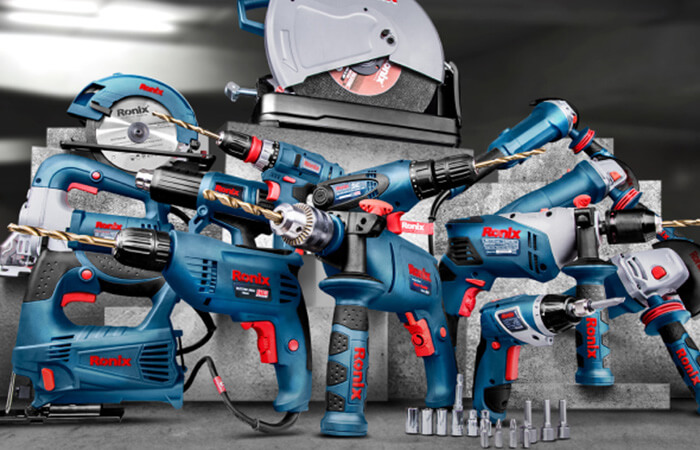
More and more it’s becoming common for those who work on scaffolding and other working at height applications to tether their ابزار رونیکس with lanyards. For example, where line workers used to simply strap their tool belts on in years gone by they now use specially designed tool bags and holsters which are secured to their harnesses or person and to which hand tools are also secured. Much of this is due to the working at height work regulations 2005.
Despite these regulations and their intended purposes for safety, there is still much lively debate within various industries as to the practicality and viability of tool tethering. As one of the arguments goes, the regulations don’t specifically mandate tool tethering per say, so there must be a better way to secure tools than using lanyards. Those who are in opposition to tool tethering usually insist that too many lanyards attached to a harness, tool belt or worker become a safety issue of their own. To some degree they do have a point.
The Purpose of Tethering
The purpose behind the tethering is very simple. It comes down to the fact that there are thousands of injuries every year in the UK that occur as a direct result of dropped tools. Yet before you insist that a hard hat protects workers from dropped tools consider some simple physics. We all know from our days in school that as an object falls toward the ground it accelerates exponentially. As it accelerates it picks up force which is transferred to any object it strikes on impact. It is this force which can be deadly to those standing below a dropped object.
As an example, the average screwdriver dropped from a height of just 14m is equivalent to dropping it from four stories when you figure in the physics. When you combine the original mass of the screwdriver with the acceleration, you can calculate that the screwdriver will hit the ground at an impact weight of nearly 74kg. That kind of weight at a fast enough speed is enough to kill someone even if he’s wearing a hard hat.
If you don’t understand the math think of it in terms of a bullet fired from a gun. If someone stood and threw a bullet at you using his bare hand, from just a few feet, that bullet would bounce off harmlessly. But that same bullet fired from a gun at a distance of 20 yards would be deadly. The force behind the bullet is what does the damage, not necessarily the bullet itself. Dropped objects from height carry the same destructive force as a bullet fired from a gun. That’s the primary reason for tool tethering.
Tethering Has Its Limits
Those who complain that too many tethers pose a safety risk in and of themselves are correct to a certain degree. If you have a dozen hand tools tethered to your safety harness and tool belt it is very easy to tangle those tethers together or get one of them caught on a piece of scaffolding. To avoid such issues good planning is necessary. It might be helpful to tether only three or four tools that are most important and used most often. Other tools can be secured in a tool bag or bucket and only called upon when needed.
Remember that tethering tools to your person is really designed to make the most used tools as handy as possible. It’s not designed to enable you to carry every tool you own on your person. Also understand that different tools require different lengths of lanyards depending on how a specific tool is used.
For example, the physics of using a hammer dictate that it will normally be used fairly close to the body. An extremely long tether is not going to be necessary. On the other hand, a cordless drill will sometimes be stretched overhead or at a great distance in front of you in order to be used. This type of tool may need a longer lanyard or one that is made of flexible material.
One last thing you should remember in terms of tethering limits is the reality that lanyards are not 100% fail safe. While any piece of safety equipment is helpful in reducing dropped tools, the most important piece of safety equipment is your brain. Workers need to always be aware of what’s going on around them and use their tools appropriately. Workers who conduct themselves with this attitude are much safer than those who go about their business carelessly.



